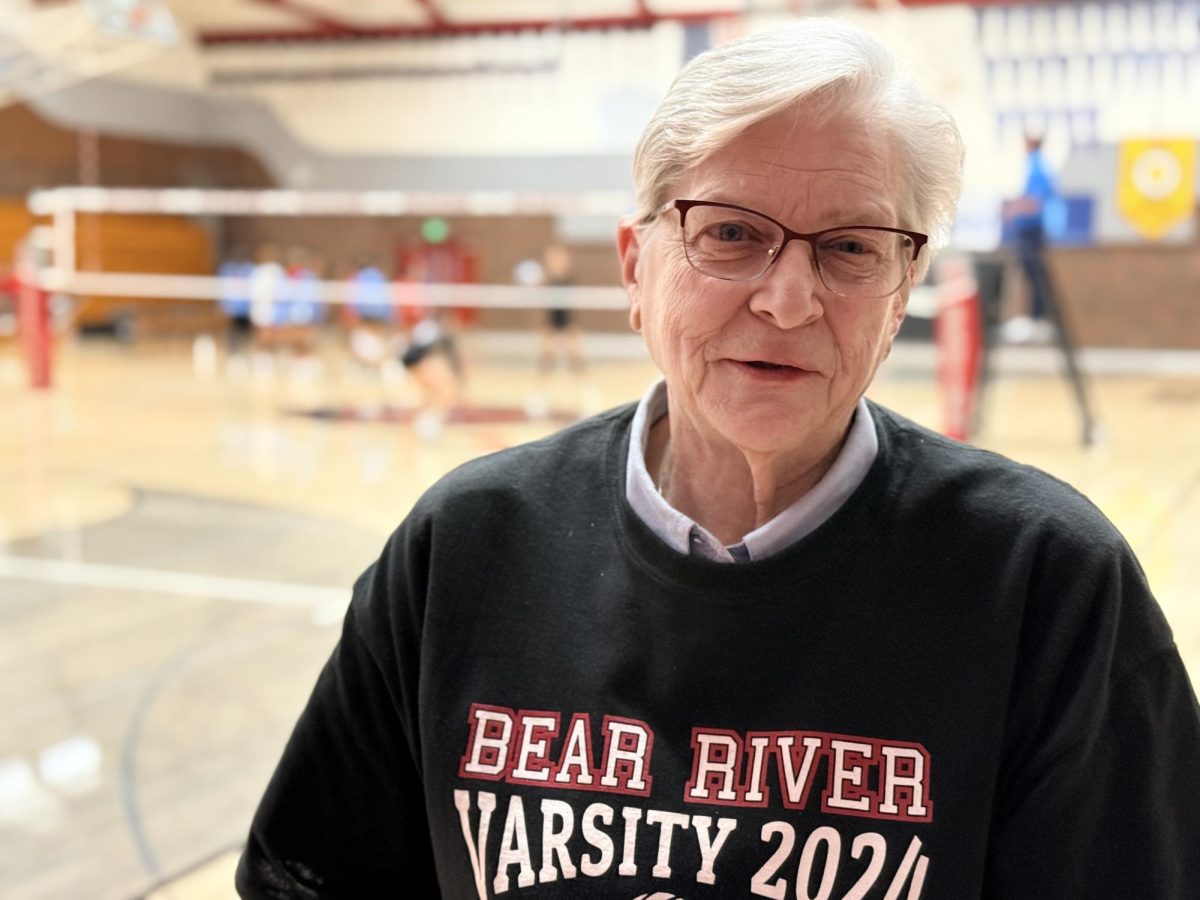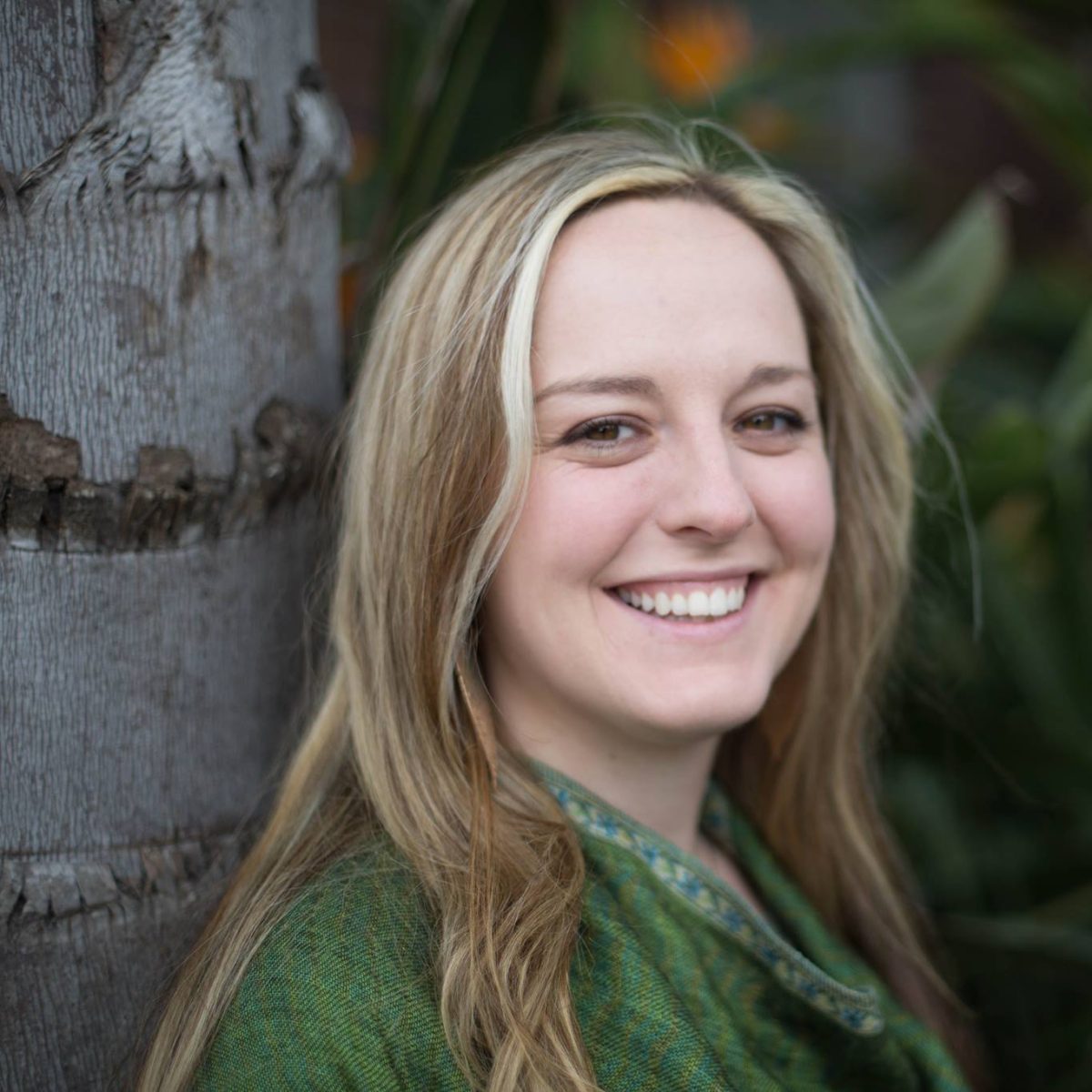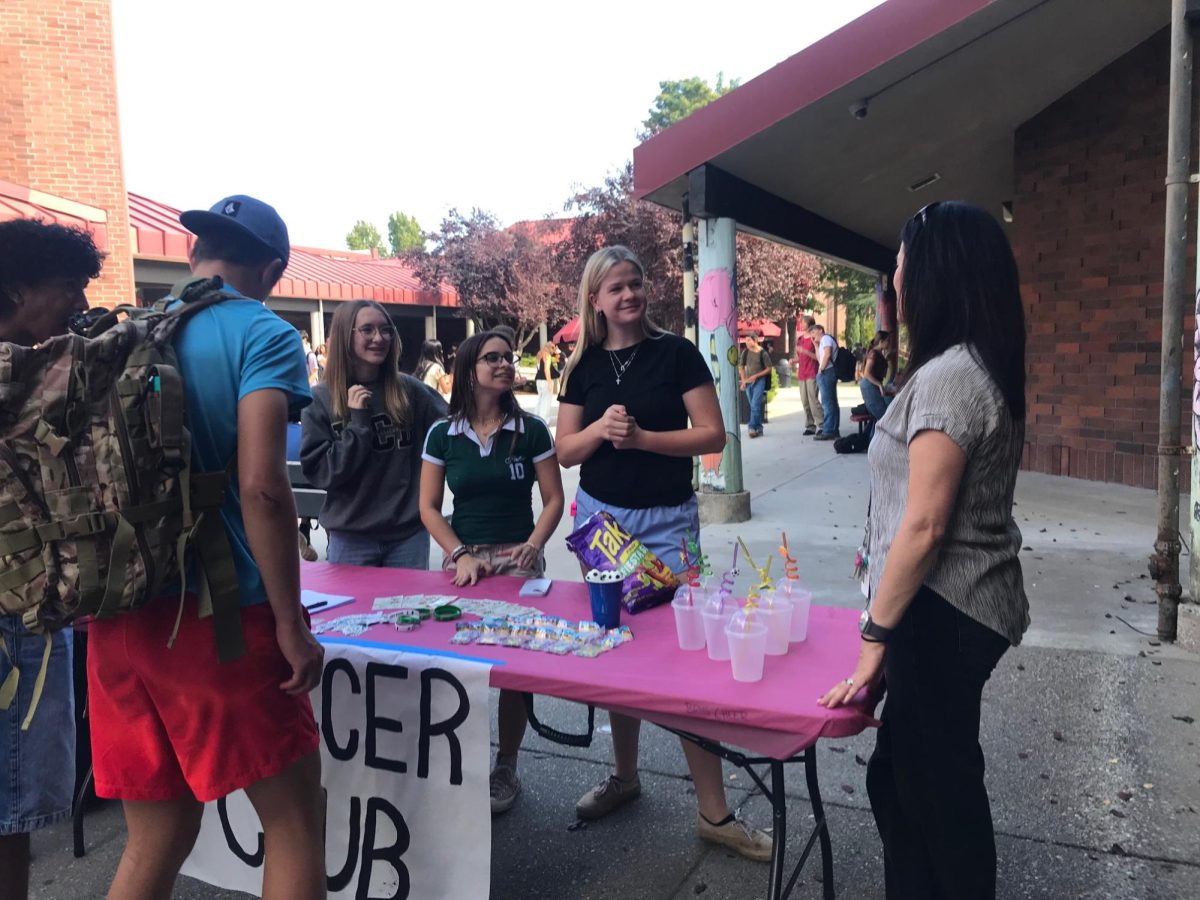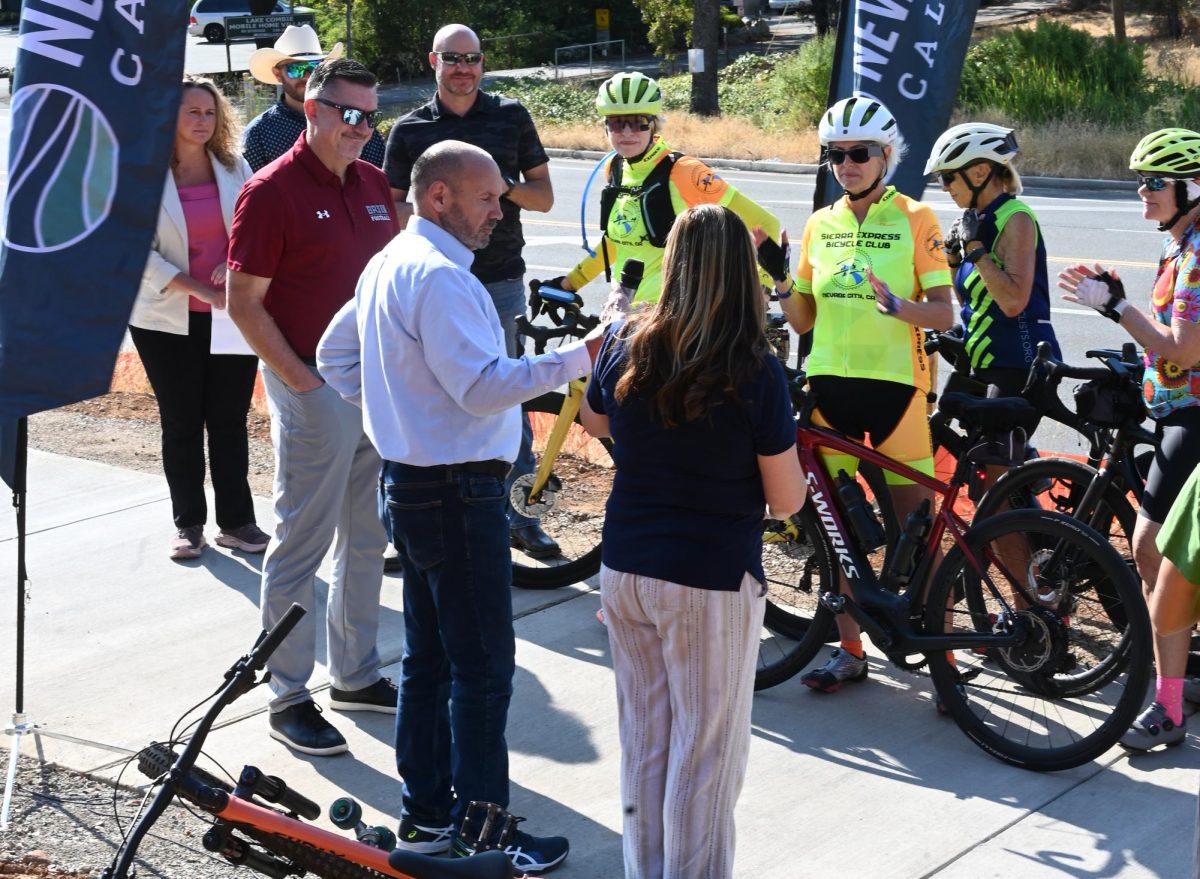Yesterday morning, a group of the Nevada Joint Union High School District community collectively advocated for the reopening of school at a meeting held by the Protect Nevada County Students organization (PNCS).
The PNCS is a recently established organization with nearly 400 Facebook members that strives to “to inform our community about alternatives [to distance learning] that are out there which will allow students to learn in an effective and healthy way,” according to the nevadacountystudents.org website. This belief that distance learning is unneeded is shown by Eric Christen, a Bear River parent, during the meeting.
“Decisions have been made by the board and some adults that are not based on science, that are not based on facts, that are not based on the best interest of children,” he said. “The data is all clear … This is a population that is almost immune to the disease [students]. It is in fact safer for them to be in school … than it is for them to be home and isolated apart from each other. This is not how humans, especially children, are built. This is not how they are built to be.”
Pat Seeley, a trustee on the Nevada Joint Union High School District Board of Trustees who spoke at yesterday’s meeting and who was the only vote against distance learning at the board meeting on Wednesday, July 22, described her thought process behind not supporting virtual learning.
“The wonderful thing about living in a rural county is that our numbers are low,” she said. “Our coronavirus cases … – and anybody can look at it – today are 35 active cases … We have less than ten in South County. I don’t see the data in closing our schools. The governor has said that [counties with] eight percent [positivity rates] need to be on the watchlist. Our county at the start of that board meeting, at that time, was at 1.93 percent. That, to me, was a big, big, difference. Six percentage points and the county, and our school districts, are shutting down our schools.”
Nevada County Board of Education member Ashley Newman was one of the guest speakers at the meeting. She expressed her hope in current high school students, especially those considered “at risk.”
“Because I have such faith in at-risk youth, I know they’re absolutely 100 percent going to overcome this and push through this,” she said. “And what they’re going to do with their really smart brains is they’re going to look back and see what adults did for them during this time.”
She continued to explain her reasoning behind supporting full-return back to school despite the virus.
“I do believe COVID is a pandemic,” she said. “I do believe it’s deadly, but great news is that it doesn’t kill children like we thought it did initially. That’s something we should all be celebrating! … Let’s have one thing we can look forward to: allowing kids to be kids. That’s one thing we can give to our children right now, and we’re choosing to take that away from them … To take everything away from these kids that they absolutely love and adore and force them to be in isolation is inhumane. That is cruel.”
Mr. Christen built upon Ms. Newman’s observation, citing what he finds unfair about this decision.
“We have to realize that … there’s a lot of talk about educational systems, there’s a lot of talk about health and safety,” said Mr. Christen. “Often what is left out of that puzzle, that entire discussion, are students … Each of us are created differently, none of us are the same, we are each unique. And to treat an entire class of people the same and to paint with such a broad brush that all of them are treated the same and placed in isolation, I believe is cruelty, I believe it is anti-human, and I don’t believe the science or the facts back it up.”
Ms. Newman, along with numerous other students, reported a similar belief towards the imbalance of “treat[ing] an entire class of people the same” in school. They recognized that some students may struggle in certain subjects as opposed to others.
“And we’re not addressing the children that are most at need, so specifically special needs kids,” said Ms. Newman. “They can’t do online training, you can’t pop a kid in front of a laptop and expect them to educate themselves, you can’t. Kids that are on the brink of poverty, single-working parents that are … close to homelessness, and they’ve got to decide now to quit my job and be homeless to educate my child.”
As mentioned, many students had difficulties with the online format, including rising Senior Warren Davis.
“I fully believe that we should return as soon as possible,” he said. “[My opinion is] more influenced by emotion because I struggle with online school, and it helps a lot to be in class with a teacher there to help you.”
Rising Junior Jolie Hurd had similar experiences and acknowledged the many others who shared her discomfort with distance learning.
“Yes, I believe we should go back because many kids, including myself, struggled with the online learning for many reasons,” she said. “Some people don’t have good internet, some need in person learning to understand, some just don’t have motivation, and more.”
Mrs. Seeley revisited the reasoning behind her views against distance learning.
“In-person instruction for students has advantages over virtual learning, particularly when virtual learning was not the planned format for instruction,” she said. “ … We are not a virtual learning campus — we are an in-person campus.”
Mr. Christen continued to point out the flaws he found with virtual learning, noting the different aspects that comprise the majority of high school memories that many students will be missing this coming year.
“For many children, and myself certainly, high school was a great time of building lifelong friendships, going through victory and defeat with teammates, and learning how to be a citizen,” said Mr. Christen. “That is how it should be. But everything that I just described to you, has an essence that [we removed] from our children this school year.”
This same sentiment is shared with his daughter, rising Junior Sophia Christen. Christen has decided to leave Bear River High School when beginning with distance learning was decided.
“I’m leaving a school I planned to graduate from,” she said. “A school I planned to go to Senior Prom in. My FFA and Ag Mechanics classes will be missed where I get to learn to build new things that I never thought were possible, and raise animals that I enjoyed raising for six months [and] got to sell at fair. It will be missed. But here lies the problem. I can’t do any of these things through distance learning. With the Board’s decision to keep us at home, apart from our friends, teachers, and coaches. I’ve decided that this is not for me.”
Hurd shared similar thoughts towards how she believed beginning with distance learning was unnecessary.
“I hope more people see that there just aren’t enough cases in our county to logically shut down our schools to full distance learning,” said Hurd. “ … The meeting this morning gave me more reasoning to feel the way I do with all the valid points they made.”
Ms. Newman prompts a change led by the parents.
“COVID is a pandemic — it’s just not a pandemic here,” said Ms. Newman. “STDs are a pandemic here … Depression is an issue here. Addiction is an issue here. COVID is not an issue here. We claim to take care of our kids. To be concerned about our kids, we need to actually do something and show them that we do because they will look back on this day and they will say, ‘what did you do?’”
— Jamey Slater contributed to this report.



































